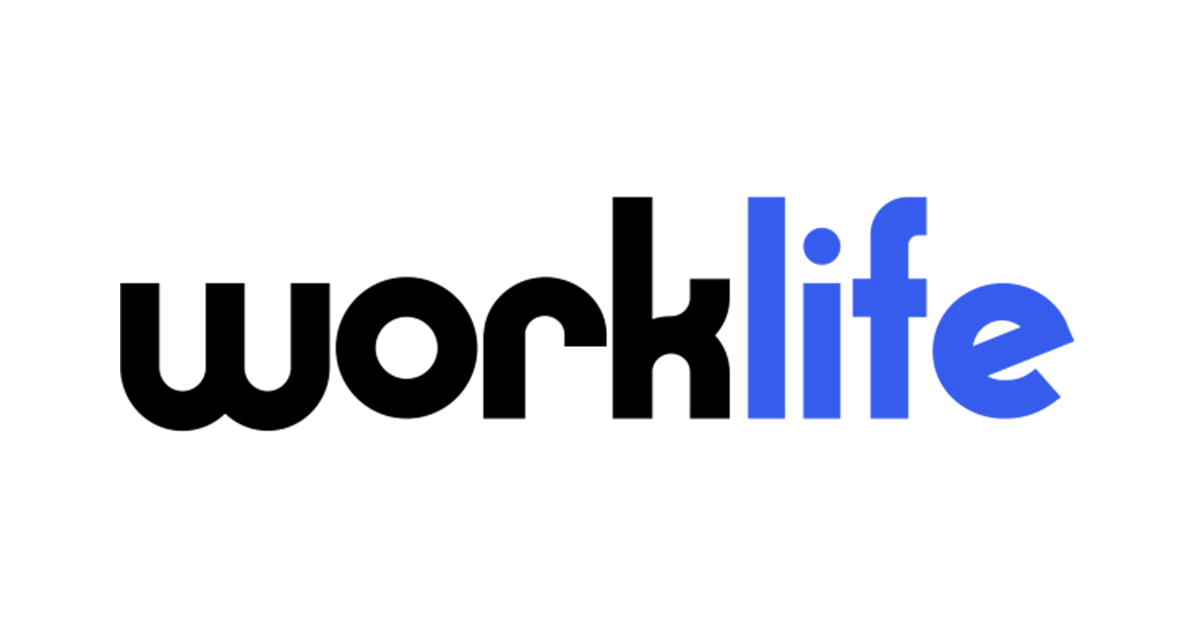There are plenty of pandemic social media tags out there, and one we’ve all seen is #alonetogether. (Or one of my other favorites, #seeapupsendapup – a great way to see cute dogs during this time! But I digress.)
I like the sentiment, but for the employee relations community I’d go so far as to  say it’s been#togethertogether. (Yes, I know that’s the original sense, too, but I’m making a point.) There are many words that come to mind about the past two months. Community is at the top of the list.
say it’s been#togethertogether. (Yes, I know that’s the original sense, too, but I’m making a point.) There are many words that come to mind about the past two months. Community is at the top of the list.
Every part of the extended community, from our clients to our Employee Relations Roundtable experts to our guest columnists like the “Evil HR Lady” Suzanne Lucas, has pulled together to share their advice and thoughts. That happens in the best of times, and it’s even more critical now as we all depend on each other to keep our teams and workplaces safe in a rollercoaster that shifts direction every day.
The Employee Relations Roundtable, a group of 150 employee relations and HR leaders from top companies, has been especially generous. They’ve been responding to weekly surveys on pay, furloughs, return to work, travel policies, gig workers – you name it, they have probably answered it.
You can find the results of all the best practice surveys in our COVID-19 resource center, and I reviewed four of them in a recent post. Today, let’s look at three other areas the community has discussed.
Return to Work
Return to work is top of mind for all of employee relations and HR leaders – and indeed, probably all of us in general. As we know from the headlines, some big names like Twitter have announced permanent work from home. Google won’t return to the office until 2021.
In ER, we’re grappling with questions like what criteria should we use to assess the COVID-19 threat status before deciding to reopen? What if employees refuse to come back? Should we stay remote?
Here’s what the community is thinking about:
The ability to keep employees safe and healthy is paramount. Social distancing, availability of protective equipment and protecting workers with screening such as temperature checks are top of mind considerations, along with:
- Governmental advisories and orders, as well as city and state orders (such as bringing back essential workers only)
- Local health authority guidance
- Local infection rates
- Testing status, availability and hospitals’ ability to respond
- Local contact tracing practices and effectiveness
- Availability of public transportation
- Landlord guidance/policies
- Local closures (schools, etc.)
- Local/client/peer/industry practices
Employee relations leaders are also considering what roles can remain remote; whether documentation is needed to return such as proof of being symptom-free for 72 hours without medication; limiting office access; and conducting on-site wellness assessments.
For more, download the return to work best practice survey results.
Performance Management
How are organizations dealing with performance during the pandemic? Are they hitting “pause” on formal performance management practices during the Shelter-in-Place (SIP)?
According to our experts, practices vary from organization to organization, but the current circumstances are likely to have some effect – even if there is not a blanket “stop performance reviews” order. For example:
- “There is a decrease in the “standard” performance management issues in general given the current environment. We are addressing matters as they arise and coaching leaders on the right timing to address, depending on the individual circumstances.”
- “If effort is being demonstrated by the employee there may be a pause, but if no effort by the employee we will move forward.”
- “While we are not pausing on performance management practices, we have set some guidelines/context for managers.” For example, if genuine constraints have arisen due to the pandemic, these will be taken into account.
Guidance also varies by role. For example, sales organizations may provide quota relief. See more in the complete performance management poll.
Furloughs and Alternatives to Layoffs
Finally, a very tough topic: furloughs and layoffs. Close to half of the community members we asked half are considering furloughs or some alternative to layoffs. Alternatives include:
- Reduced schedule or hours
- Hiring freeze
- Compensation reduction
- Job sharing
- Voluntary attrition
Other organizations are getting creative, such as this employee relations team that has created a skill-matching program:
“We have redeployed…(some of) our team members from areas currently experiencing significantly low volumes. They are placed in a pool and will receive 100% of their pay through late May. We’ve created a department that matches their skills with areas where we are significantly over volume. The team member receives a phone call about a match, has 30 minutes to consider it, and let us know. If they turn down two matches or don’t respond twice, they no longer receive guaranteed 100% of pay, and will also need to use PTO for payment.”
For more ideas, download the Furloughs Poll Results.
There are many more ideas up on the COVID Resource Center — and other best practice guidelines, including continent workers, emergency pay and more. I encourage you to take a look – and if you have other questions, please drop me a line at dmuller@hracuity.com. We are in this together—together.
All our best, Deb.




